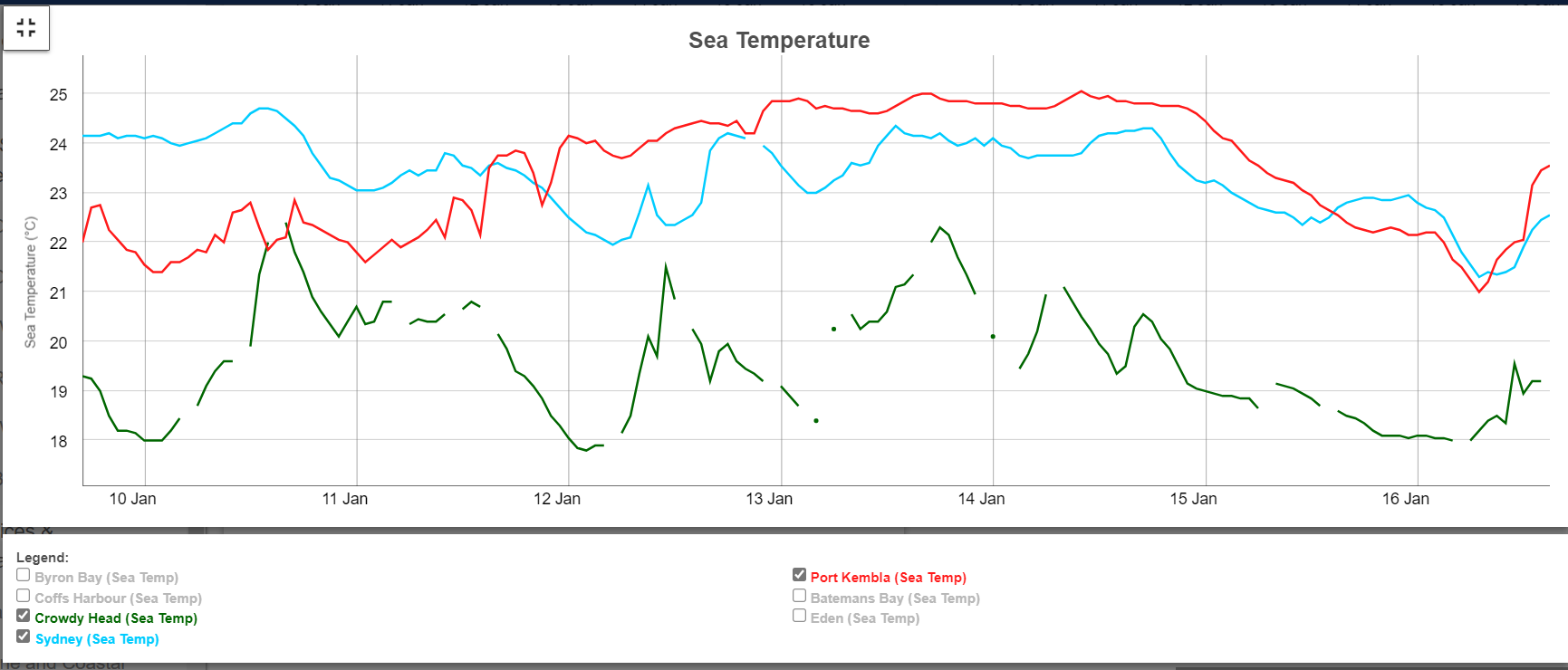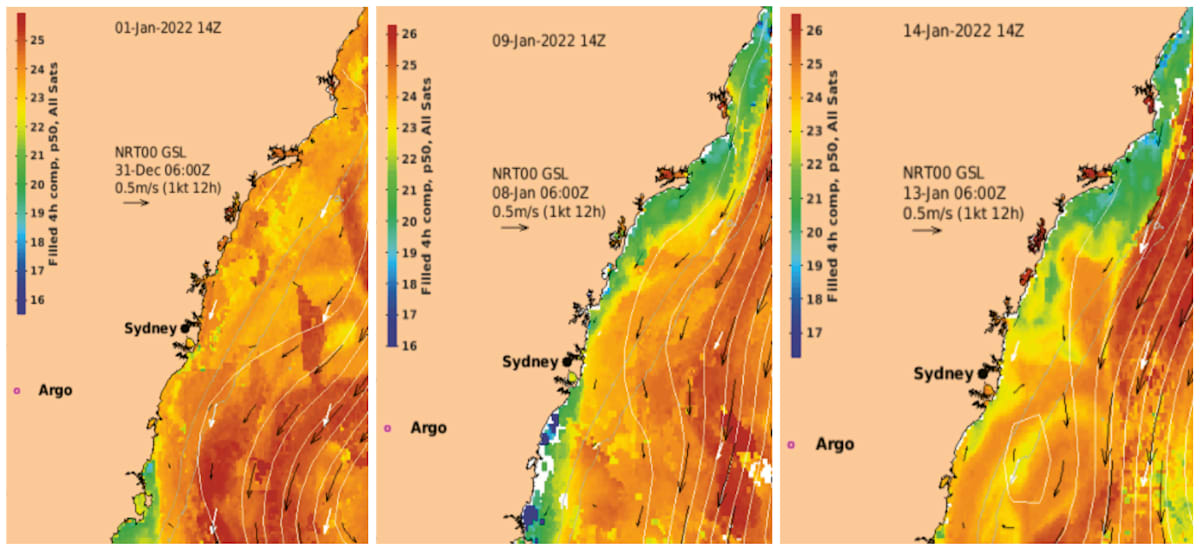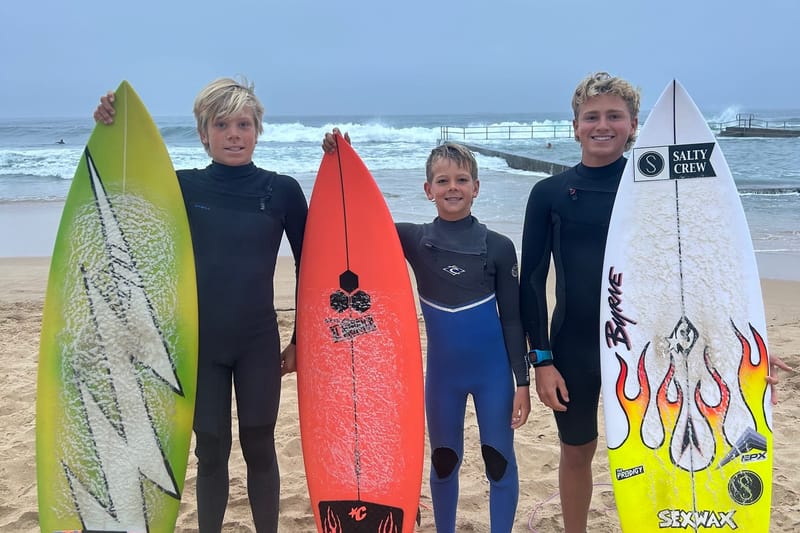Hello Fish: Why the water's been so murky
Keen swimmers, surfers and divers would have noticed some marked changes in water temperature along our coast in the past few weeks. The cold water is a result of a process called upwelling where cold water is brought to the surface from deeper...

Keen swimmers, surfers and divers would have noticed some marked changes in water temperature along our coast in the past few weeks. The cold water is a result of a process called upwelling where cold water is brought to the surface from deeper areas off the edge of the continental shelf (60 to 80km offshore). This is driven by two processes. The first one is the presence of strong and persistent north-east winds that push water offshore due to a process called Ekman transport.
Ekman transport is caused by the forces acting between layers of water and the wind. As one layer is pushed it forces the layer below to move to the left (in the southern hemisphere). Over a period of several days the surface water is pushed out to sea and cold water moves up from the depths to fill the space. The second process is similar but the driver is the East Australia current which moves down the coast as a series of spiralling eddies, which can also pull water from the depths.
The graph (at the bottom of this page) shows sea surface temperature from 10-16 January 2022. Red is Port Kembla, blue is Sydney and green is Crowdy Head.
The figure on the left (below) is from 1 January 2022. Warm water is along most of the coast. The middle figure shows the cold upwelling inshore and very cold (for us!) water along the Illawarra. Now the water is colder on the mid North Coast than the Illawarra, in the right-hand panel.
The cold water is commonly rich in nutrients and once this water gets to the shallows and into the sun the phytoplankton bloom. This, in turn produces food for zooplankton and fish larvae.
It also makes diving crappy as the water is murky. These conditions are not uncommon over summer, just a shock when you jump in.






